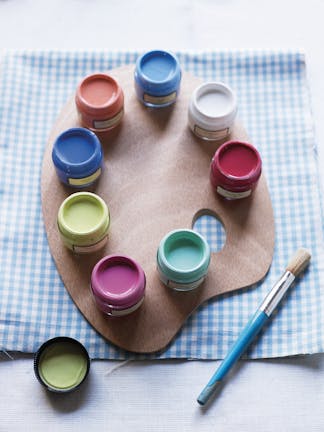We often see paint companies advertising the low VOC content of their products. But beyond knowing that VOC stands for Volatile Organic Compound and that they affect the eco-credentials of a product, you might know little about what these chemicals really are.
Find out why it’s so important to invest in paint with low VOC content.

Are VOCs only found in paint?
VOCs are not only found in exterior and interior paint but in a whole range of household products, from cleaning products and soap, to carpets and furnishings. VOCs can also be emitted into the environment when we dry clothes and cook food.

Are VOCs in paint harmful?
While sufferers of asthma may find paint fumes a source of irritation, the levels of VOCs in paint and other household products will not usually cause us any health problems.
But, if you are worried about inhaling VOCs, a straightforward action like opening a window will improve the indoor air quality and help to reduce the VOC content in the air.

How do VOCs in paint affect the environment?
When a product containing VOCs is exposed to the air, the VOCs quickly evaporate and diffuse into the wider environment.
Do VOCs in paint go away?
Dry paint can also emit VOCs up to five years after painting. At Little Greene, as part of our dedication to protecting the planet, we have worked to reduce the VOC content in our paint so that it is now almost negligible.

Does all paint contain VOCs?
Whilst they are renowned for their longevity and smooth finish, traditional oil and solvent-based paints often have a higher VOC content, which causes their potent paint smell.
Our water-based range is a low odour, environmentally friendly, low VOC paint option. These finishes require no specialist solvents or cleansers; simply rinse brushes in clean water. Additionally, we have reformulated our oil-based range using sustainable vegetable oils, without compromising on a superb finish.

